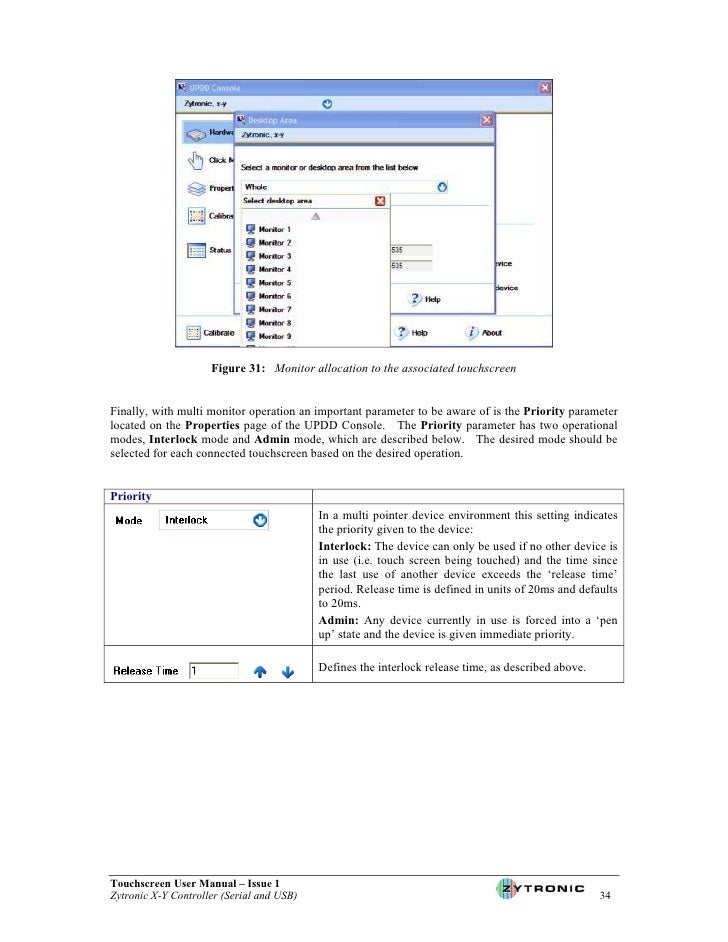AMD Graphics driver for Windows 10 (64-bit) - Desktop Lenovo Inc. United Arab Emirates United Kingdom United States of America Uruguay US Downloads Venezuela. The new installer will also show options for the latest available driver for your system configuration during the install process. Display Connectivity 5: New advanced display settings and diagnostics page within Radeon Settings with better detection for HDMI® cable issues and fallback for end users experiencing display issues. Press Windows key + X Click Device Manager Expand Batteries Right-click Microsoft ACPI-Compliant System. Choose Update Driver Software. Make sure you are connected to the Internet, the check for updates.
- Ei System Driver Download For Windows 10 Version
- Ei System Driver Download For Windows 10 64-bit
- Ei System Driver Download For Windows 10 Pro
- Ei System Driver Download For Windows 10 32-bit
Windows supports a platform for installing system and device firmware updates via driver packages that are processed by using the UEFI UpdateCapsule function. This platform provides a consistent, reliable firmware update experience, and it improves the discoverability of important system firmware updates for end-users.

The UEFI firmware update platform guidance is intended for SoC vendors and OEMs who are building hardware platforms that run Windows. The UEFI firmware update platform is supported by the following operating system versions: DriverHive Details for USB Input Device(Consumer Control) Driver.
- Windows 8
- Windows 8.1
- Windows 10 for desktop editions (Home, Pro, Enterprise, and Education)
- Windows 10 Mobile
Ei System Driver Download For Windows 10 Version
UEFI firmware update support in Windows 10
All systems that run Windows 10 for desktop editions should implement UEFI firmware updates by following the UpdateCapsule-based update process described in this section of the documentation.
Devices that run Windows 10 Mobile can follow the UpdateCapsule-based process used for Windows 10 Desktop. These devices can also follow the binary update process, which performs a binary update to the storage partition which contains the UEFI firmware.
Microsoft strongly recommends that devices running Windows 10 Mobile should update UEFI firmware by using the binary update process. Devices that run Windows 10 Mobile can use the UpdateCapsule-based process only in scenarios where the binary update process cannot be used. For example, if the partition layout of the device prevents the UEFI firmware from being updated by using a binary update package.
For more information about .spkg packages for Windows 10 Mobile, see Creating packages.
Overview of the UEFI firmware update platform
There are two types of firmware that can be serviced via Windows: system firmware and device firmware. System firmware is responsible for providing critical boot and runtime services to the system as a whole, and device firmware is associated with a particular device integrated into a system. Such device firmware typically works together with a device driver, allowing the OS to expose the device to OS-level services and applications.
System firmware updates
System firmware updates for UEFI-based systems will be deployed as device driver packages (INFs). Windows will use information provided by the platform to ensure that the update package only applies to appropriate systems. A firmware update package contains a binary file containing the system firmware image. After the firmware update package is on the end-user's system, Windows will use the UEFI UpdateCapsule function to hand-off the firmware payload to the platform firmware for processing.
Deploying the update as a driver package allows the firmware update process to align with many existing deployment and servicing tools, and ensures simple update package authoring for hardware vendors.
Note
The fact that the firmware update is delivered as a driver package does not mean that the update is written as an actual driver. The driver package will contain an INF file and a binary file containing the system or device firmware image.


Device firmware updates
For the purposes of updating device firmware, the device firmware can be assigned to one of these two categories:


UEFI-updatable device firmware.
This device firmware can be updated using a device driver package leveraging the same mechanism as system firmware. A device firmware update is distributed as a firmware update package. After the firmware update package is on the end-user's system, Windows will use the UEFI UpdateCapsule function to hand-off the device firmware payload to the platform firmware for processing. This process is virtually identical to how Windows hands off system firmware update payload, and is discussed below.
It is recommended that device firmware be updated using a discrete firmware update driver package, but device firmware may also be updated with system firmware as part of a single firmware update driver package.
Note UEFI should not be used to update peripheral devices. UEFI requires devices to be present during reboot to apply a firmware update which cannot be guaranteed with (external, removable) peripheral devices.
Driver-updatable device firmware.
This device firmware can be updated by the device driver during the normal Windows OS runtime. Updating device firmware using normal Windows OS drivers is not covered by this paper.
System requirements for Windows firmware updates
Ei System Driver Download For Windows 10 64-bit
In order for a system to be compatible with the Windows firmware updating mechanism, it must meet the following requirements:
Ei System Driver Download For Windows 10 Pro
The system must implement UpdateCapsule and QueryCapsuleCapabilities as defined by section 8.5.3 of the UEFI specification 2.8.
UpdateCapsule is used to pass the firmware update payload between Windows and the platform firmware.
Platform firmware must support firmware updates initiated by Windows.
System firmware, and some classes of device firmware, must be updatable using this process. Firmware code recognizes a firmware update payload passed to UpdateCapsule and initiates the update process. The implementation is owned by the partner.
Jabra Mobile Phones & Portable Devices driver. Must specify a Firmware Resource in the EFI System Resource Table (ESRT)
The Firmware Resource allows Windows to surface a device instance with a Hardware ID, which will be used to target the system or device firmware update to appropriate systems and devices. It also describes the current firmware version and provides status for previous updates.
There exists a single entry for system firmware updates. All devices with updateable firmware must have a resource specified in the ESRT, unless a device's firmware is updated as part of a system firmware update.
For more information, see ESRT table definition.
Ei System Driver Download For Windows 10 32-bit
In this section





